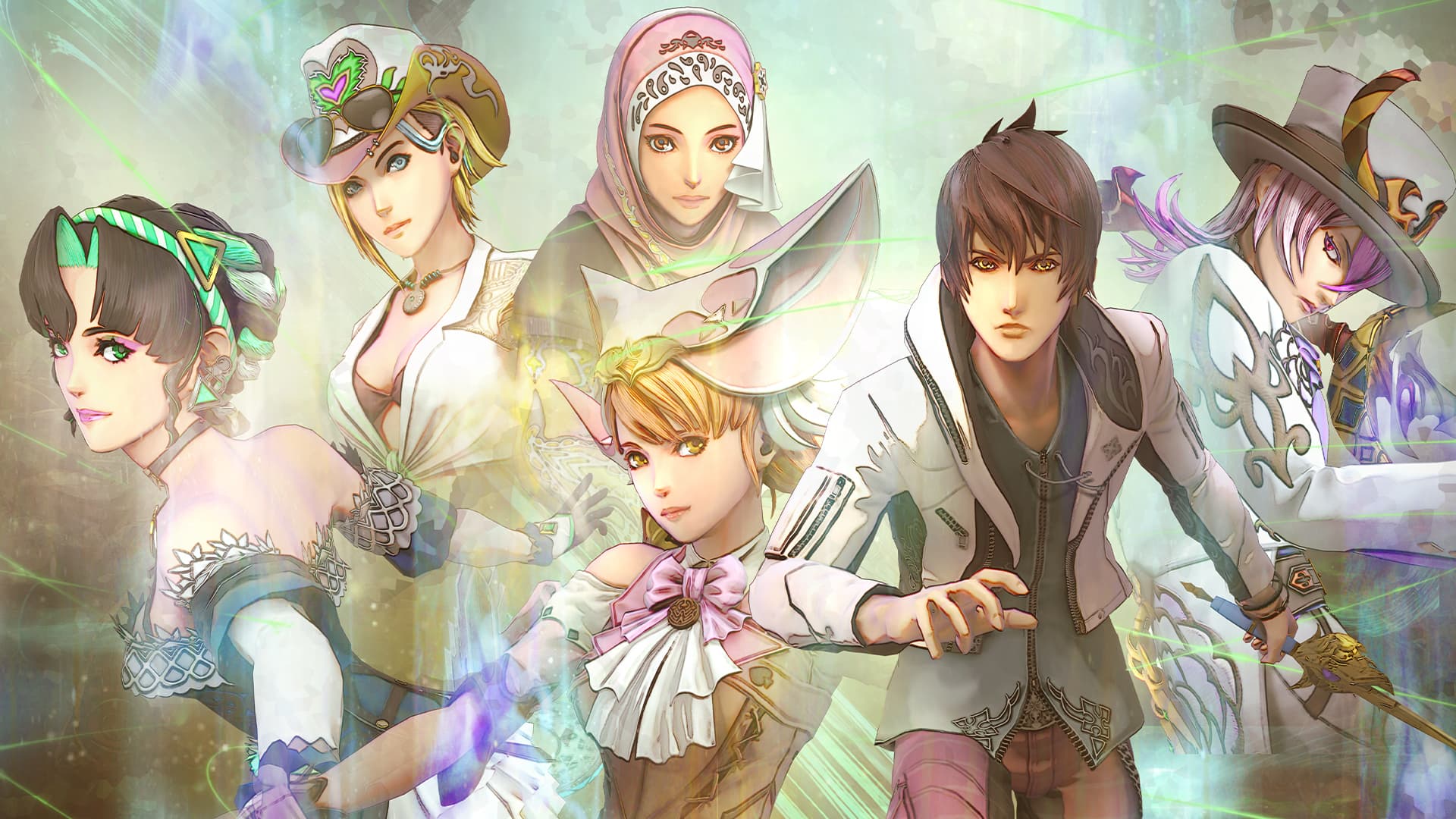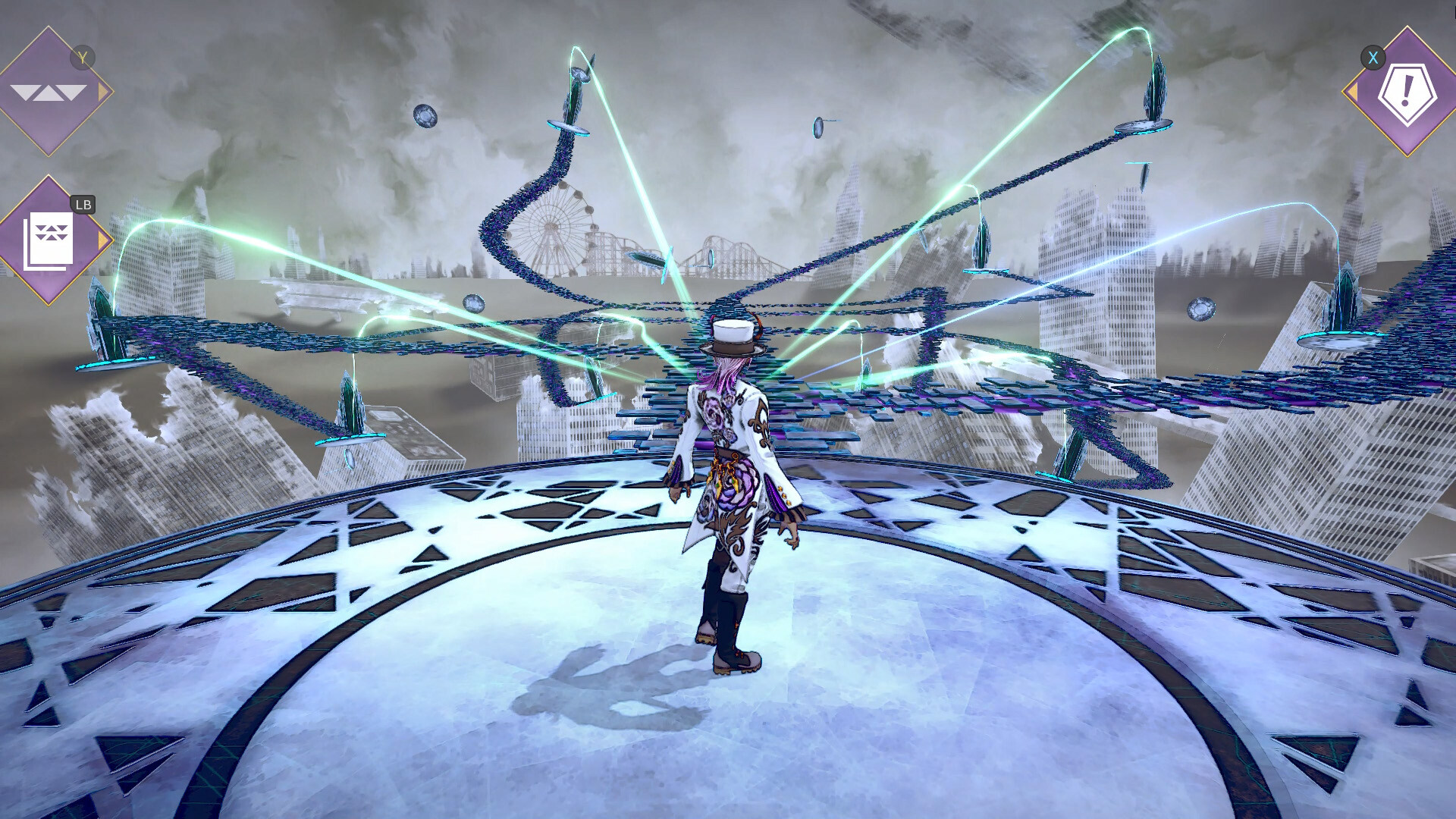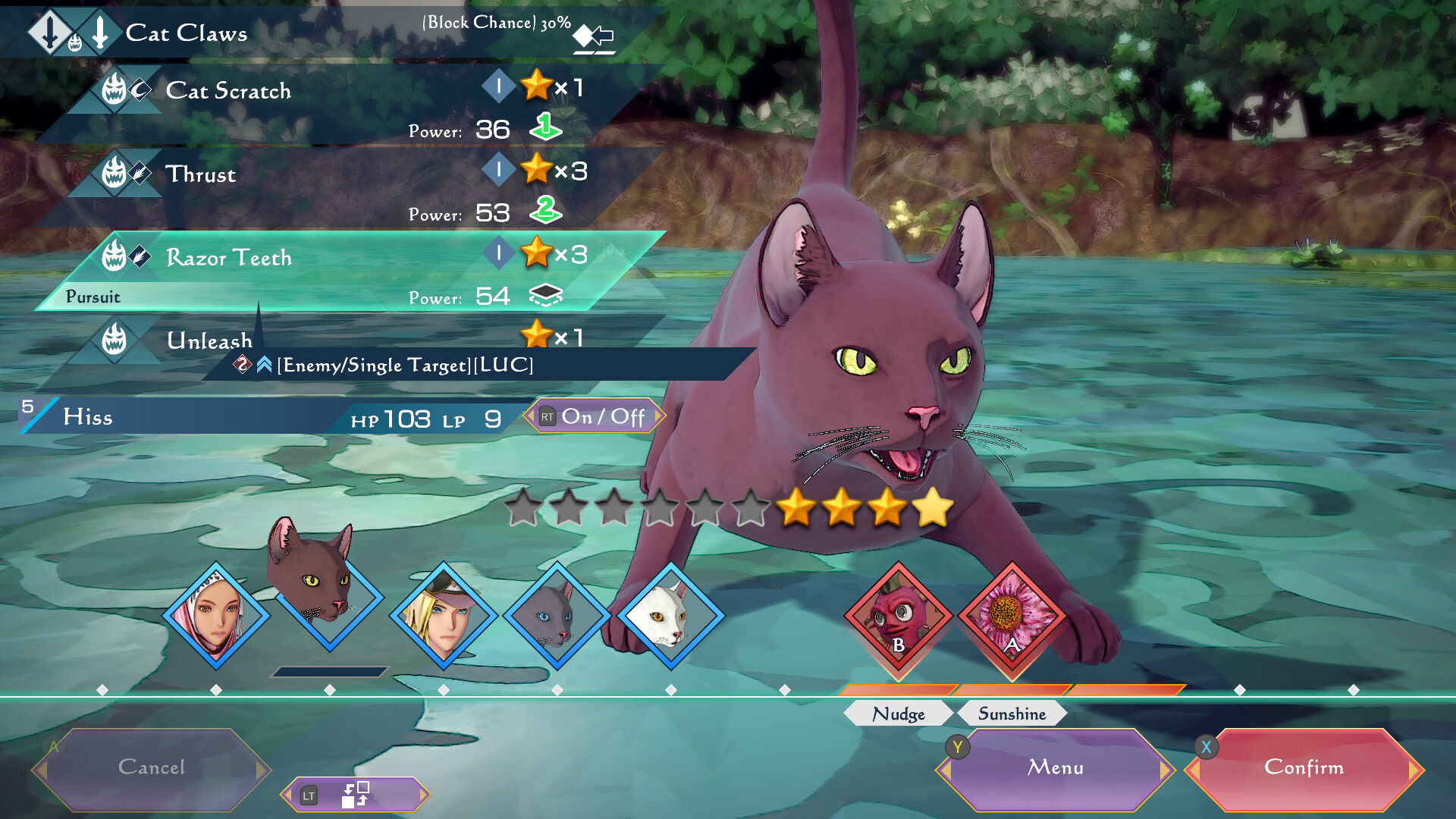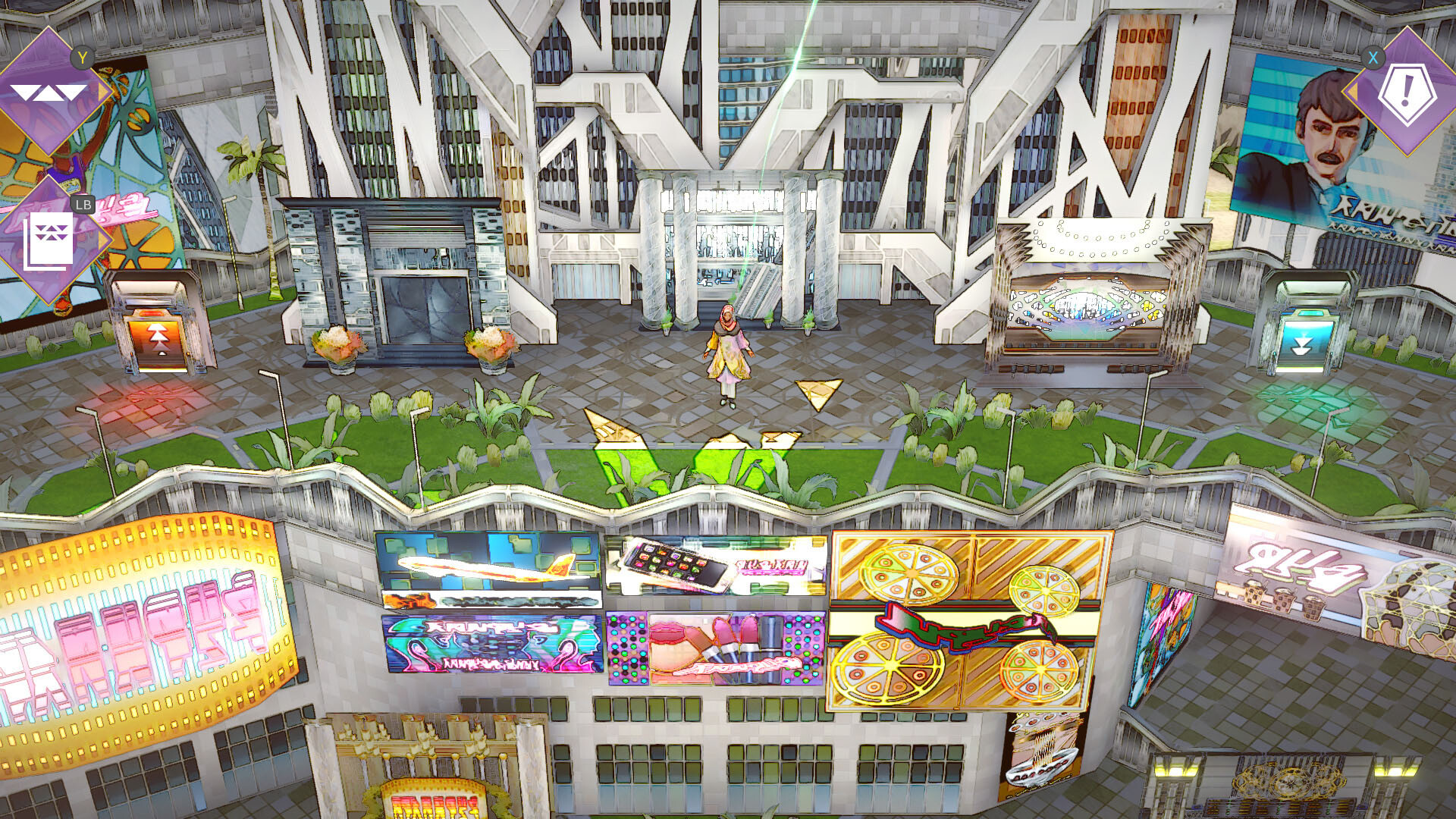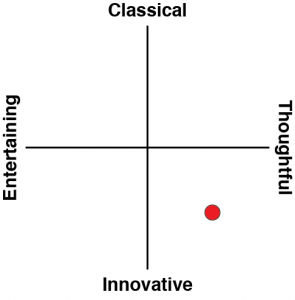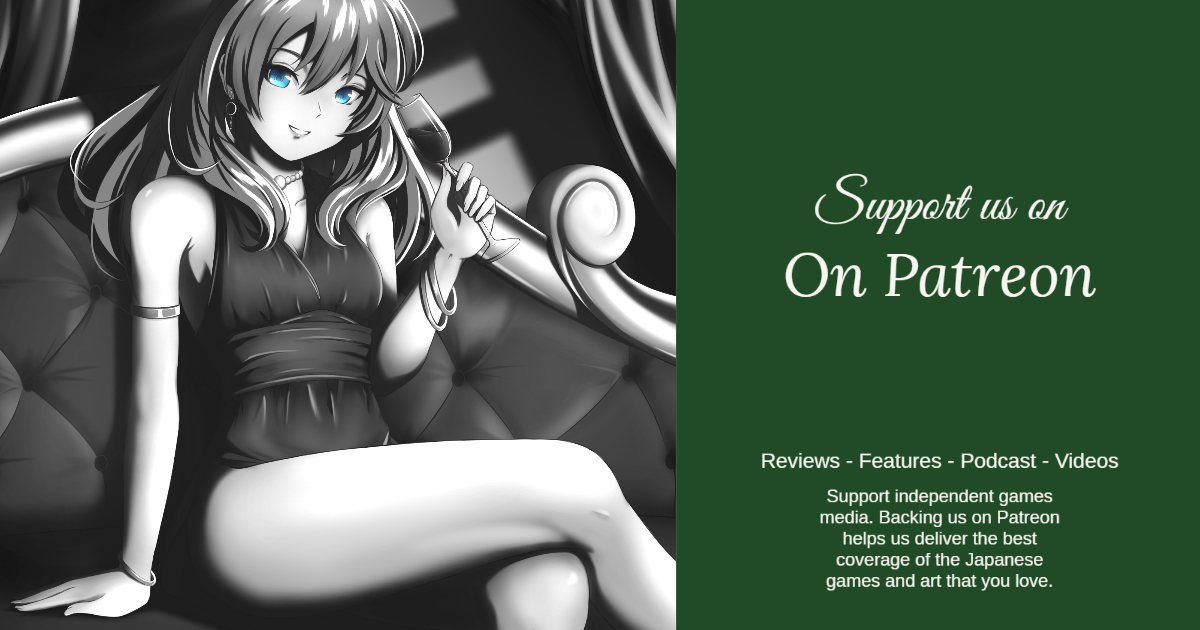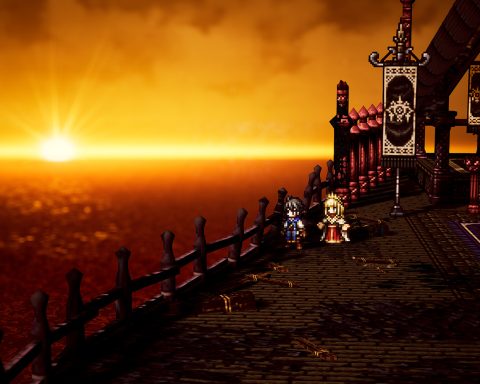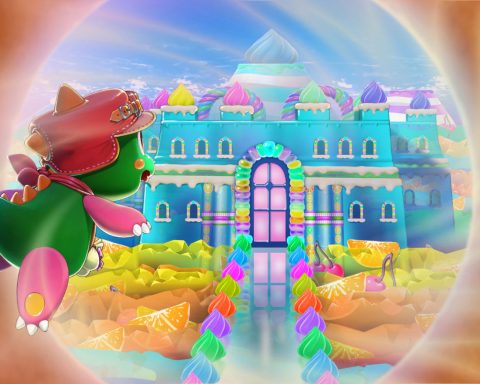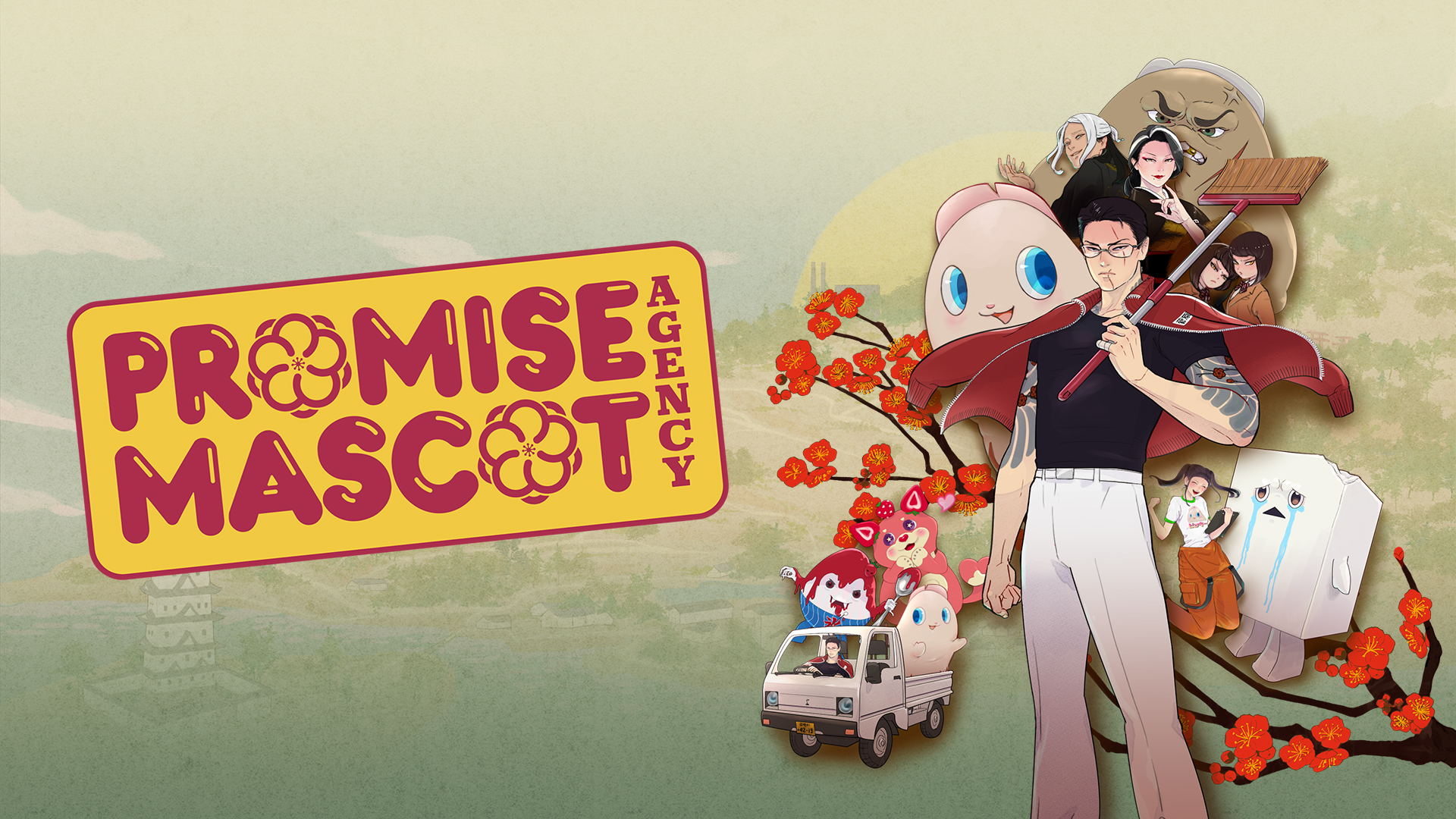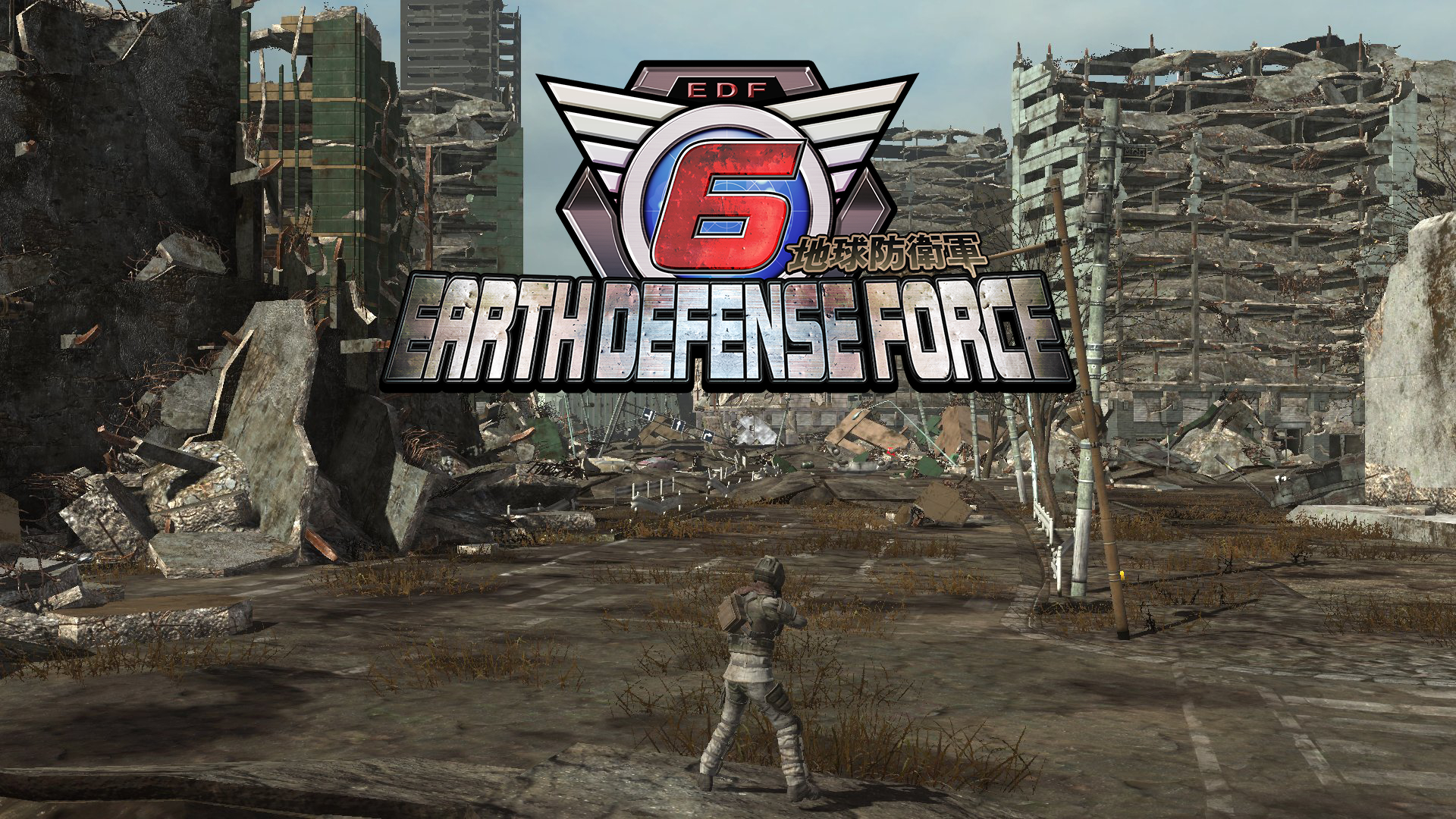Square Enix recently announced that it was cancelling some $150 million worth of games that had previously been greenlit as it shifts to more proven quantities and a strategy of being more selective in what it develops and publishes. What that means is that you should all enjoy SaGa Emerald Beyond, because it’s going to be the last one in this series for quite some time. If not forever.
Related reading: Our review of SaGa Frontier Remastered.
The SaGa series, going all the way back to the “Final Fantasy Legend” series on the Game Boy (they were SaGa titles, just renamed for the Western release) have always been… quirky. To say the least. To be more accurate they were the experimental sandboxes for Square Enix’s most misfit game developers to play in. The appeal of working on them has always been obvious: they are a chance to be creatively unbound and to try things that could well fail (and that was fine by everyone involved). This also meant that the games would never find universal appeal. “Polarising” doesn’t begin to describe the response most of these titles get. Many of them crash and burn with the critics – Unlimited Saga has a Metacritic average of just 45/100, and even the generally well-received SaGa Frontier, with a Metacritic average of 77, has 1/5 reviews out there from people that really did not enjoy it.
That’s the nature of taking creative risks. Some people don’t like them. But that’s okay, because the upshot is that other people find them profound, memorable, and refreshing. In an industry that is so reliant on the “best practice” approach to content, SaGa has stood out as a long-running series that threw the rulebook out and doubled down on the creative vision instead.
SaGa Emerald Beyond is exactly what you’d expect from this series. And by that I mean you could not possibly have guessed what you were in for before you started playing. At first it feels like a total fever dream. You’ve got a PS2-era B-grade voice barking out tutorials to you while you’re recruiting cats (no, really. Cats) to join your party and wandering around an environment that is pulled directly from a pop-up book. Then you’ll get stuck on a battle because there appears to be only one battle option and the game loves throwing hard battles at you immediately, so you’ll start a different character’s story and in that one you’re climbing up vines in a world made of pools as a cowgirl.
There are five different characters to start with and they are all utterly bonkers in their own way. What’s more, none of them are cohesive. Cowgirl doesn’t seem like she should be existing in the same game as white witch schoolgirl or robot-thing, and yet those are three of the five options.
Of course, it all does start to make sense, as the game is made up of different multiverses and adventures, and those initially weird-and-wonderful characters start to become just plain wonderful the more time you spend with them. Putting aside the very Unity-engine indie developer presentation with the cut scenes and the overworld, these game and its multiple narratives are written genuinely well.
But it’s the combat system where SaGa Emerald Beyond really shines. It offers a turn-based combat system, and like most modern turn-based combat systems there’s an order of attacks that is established every round on a timeline, and different attacks and abilities can affect your place in the initiative order. But that’s just the start. For one thing, interrupts and other effects can manipulate the attack order, and it’s also possible to team up with allies for more powerful attacks if you’re able to line things up so the allies are positioned close to one another in the order.
Each character has an expansive range of abilities based on what they’ll (apparently randomly) unlock through battle, as well as the equipment they carry, and it’s really important to get together a good and varied group because Emerald Beyond is brutal to players that don’t master its systems immediately. Eventually it does become possible to farm around for experience (so thankfully those early impressions that it’s possible to get properly stuck fade away), but the game will still butcher you if you are inefficient with character customisation and play poorly. It’ll seem like enemies have way too much health and yet consume so much when they land an attack on your characters. Then, as a final stress, each character can only get knocked out in battle so many times. Health is restored in full after a battle, but each character only has a set number of Life Points. If they get knocked out, they lose one of those on the way to being claimed by the reaper.
The nuanced quality of Emerald Beyond doesn’t stop with the combat, either. During the story, too, you’ll have any number of opportunities to make decisions that affect how the plot plays out. There are 17 or so worlds to explore, and that 5 characters blows out to 60 or so as you start adding more to your party. It’s going to take multiple (multiple) playthroughs to see everything this games have to offer, and there will be times where you’re not quite sure if an outcome has been the result of decisions you made, and whether it’ll be different on a second play through. That feeling that you’re going to have to play and replay this game is the very definition of a hardcore JRPG grind.
The longer you spend with Emerald Beyond, the more wonderful it becomes, though. All the disparate visual elements, from the 2D overworld, to the eclectic character designs, and the gorgeous character renders in the battles, somehow starts to come across as cohesive. The combat system, which initially seems intricate to the point of being overwhelming, becomes a lab-like environment that rewards experimentation, patience, and practice. The soundtrack is wonderfully oddball itself, and there’s a wicked sense of humour that runs through everything that really embraces the barely-contained surrealistic quality of what the developers have cobbled together.
I’d be doing everyone a disservice if I sat here and said that Emerald Beyond was for everyone. It isn’t. It isn’t even close to everyone. It’s a JRPG made for the most hardcore, veteran JRPG fans. Specifically, it has been designed for a very specific kind of JRPG fan who, firstly, loves things that are genuinely different. Secondly, its for JRPG fans that like complex, textured and nuanced combat systems that reward people who are willing to tinker and learn them, and punish those who don’t. For a niche within a niche within a niche, SaGa Emerald Beyond is the kind of game that the new, “improved” blockbuster Square Enix hates, but if this really is the end of this series, at least it’s gone out having delivered the full promise of what SaGa has always stood for.
Buy the hottest games with Amazon.
By purchasing from this link, you support DDNet.
Each sale earns us a small commission.
